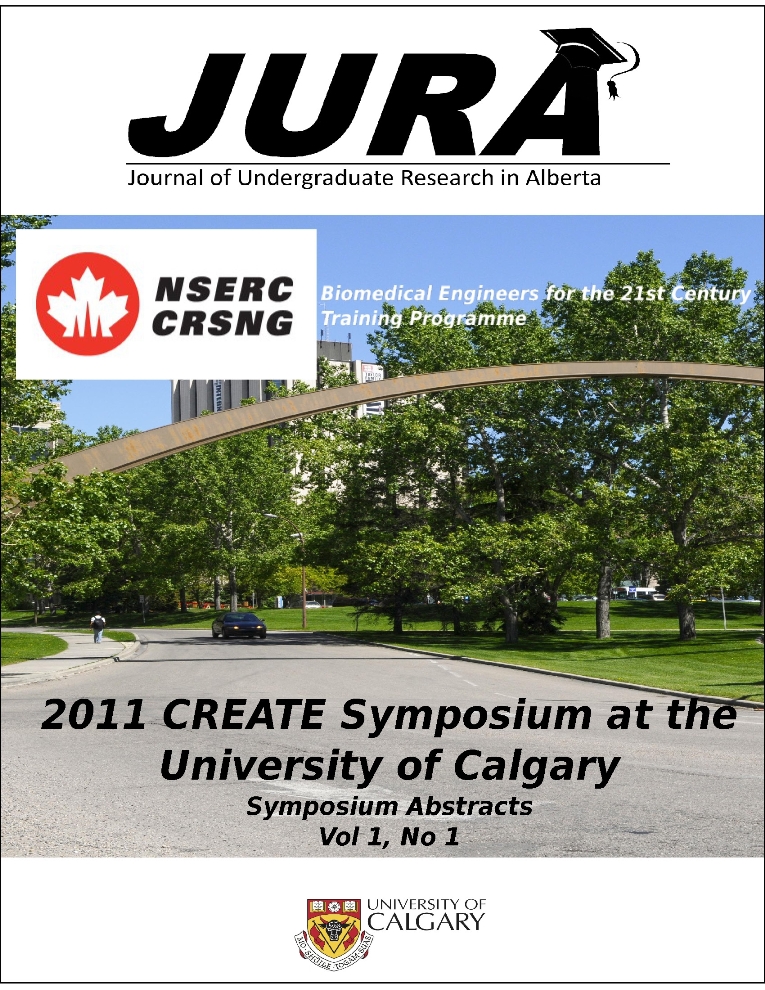Analyzing Strain in the Ovine Anterior Cruciate Ligament
Keywords:
ACL, Cruciate Ligament Strain,Abstract
Osteoarthritis (OA) is the most common joint disorder affecting adults. Relating the mechanics and biology of the knee joint is crucial to understanding the development and progression OA. A key aim of such studies is to determine the structure/function relationship and failure thresholds of the joint tissues, in-vivo. The Anterior Cruciate Ligament (ACL) is of great interest as it is one of the most commonly injured ligaments linked with premature OA. Previous ACL studies have been unable to determine the stresses within the structure, due to absence of reliable methods of measuring the cross-sectional area of the loaded part of the ligament.
Purpose: This study aims to evaluate the normal in-vivo stresses within the ACL, by developing a suitable method to measure the loaded area of the ACL.
Methods: Ovine stifle joints were used due to morphological and biochemical proximity to human knee joints. Measurements of in-vivo loadings within the ACL were obtained using an instrumented spatial linkage and robotic test system. Two techniques to measure the area of the loaded ACL will be explored: 3D Virtual Reconstruction (3DVR) and Magnetic Resonance Imaging (MRI). 3DVR: The non-loaded part of the ACL was removed. A cloud of points was measured along the surface of the remaining (loaded) part of the ligament and processed to create a 3DVR of the ACL. MRI: Tests (proton density and T2 mapping) will be run on the 9.4T MR to compare structural differences between a loaded and relaxed ligament.
Results: 3DVR method produced only a partial surface reconstruction due to the relatively large size of the probe in comparison to the ligament and femorotibial joint space. Differences between loaded and unloaded MRI images will be assessed using a special jig allowing sequential tensioning of the ligament.
Conclusions: It was concluded that the partial 3DVR was insufficient to determine the loaded cross- sectional areas along the ligament accurately. The MRI results will be available for examination shortly.
Downloads
Downloads
Published
Issue
Section
License
Authors retain all rights to their research work. Articles may be submitted to and accepted in other journals subsequent to publishing in JURA. Our only condition is that articles cannot be used in another undergraduate journal. Authors must be aware, however, that professional journals may refuse articles submitted or accepted elsewhere—JURA included.


